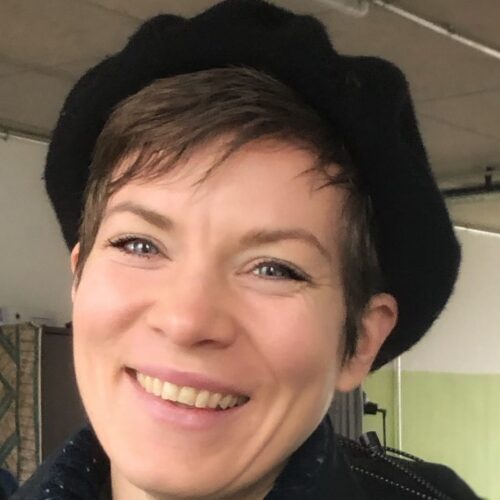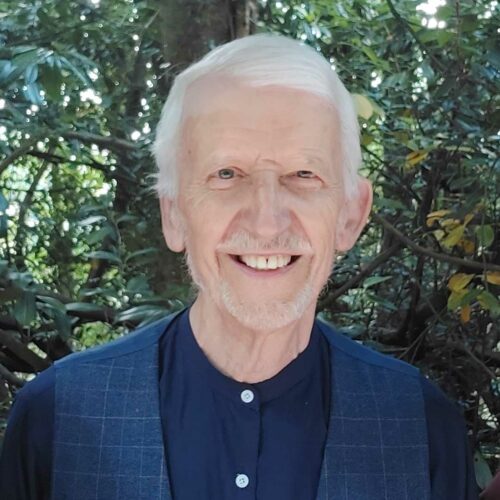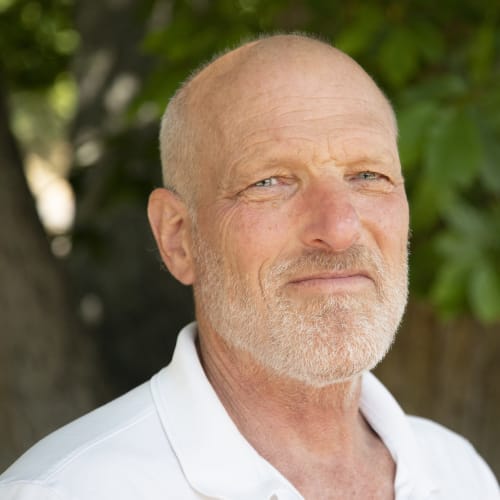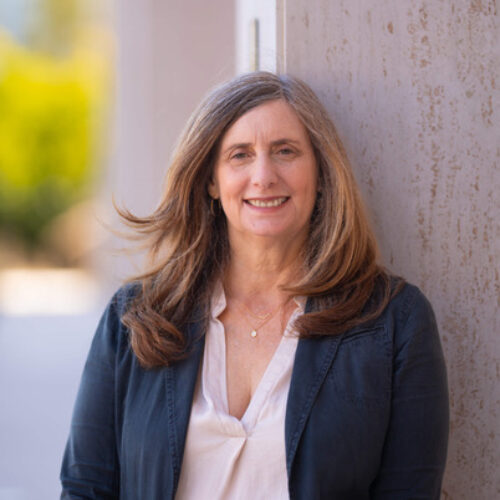Worldwide Insight talk from James Baraz: “Dharma Practice as a Path of Happiness”. Guided meditation, Dharma talk and Q&A.
With James Baraz recorded on March 1, 2015.
Found our teachings useful? Help us continue our work and support your teachers with a donation. Here’s how.
Discover more from the Dharma Library
-

Daily Meditation Recordings, with Caverly Morgan – Week of June 1
We’re very grateful to have Caverly Morgan hosting our Daily Meditation Series for North America. To find out more about Caverly, and to view her past recordings and contributions to Sangha Live, click here. Monday, June 1 Collective CARE and addressing whiteness Wednesday, June 3 Grounding and releasing “shoulds” Friday, June 5 Honoring the song…
-

Integrity – A Bridge Over Troubled Water
Recorded :
July 12, 2020 In challenging situations, we can lose our ground. Not knowing what to rely on, we are liable to reactivity, either withdrawing or lashing out. Fear and anger are very human reactions to what we perceive as injustice or threat. While there is no need to condemn us for experiencing them, our hearts might yearn for…
-

Is there compassion for the self? Go deep. Is compassion the end of self?
Recorded :
May 23, 2021 The Dharma flies with two wings – compassion and wisdom. Compassion emerges from a liberated wisdom. That happens when constructs in the mind lose their significance. The emptiness of self and the emptiness of dependency on feeling tones take priority. This talk also explores the contraction of compassion into self interest. The liberation of compassion…
-

Five tenets of a whole life path
Recorded :
November 19, 2017 Many long for a way to “integrate” their Buddhist practice with what is often called “the rest of my life.” This often fails. Doesn’t integration refer to separate things that must be brought together? In this talk, Gregory offers what he calls the Five Tenets of a Whole Life Path, a practical, yet demanding, way…
-

With a generous spirit: your money and your life.
Recorded :
March 26, 2017 We often hear about Dana, or generosity, only when being asked for donations! Yet Buddha taught that “the practice of generosity is a foundation for happiness”. This session with Worldwide Insight guiding teacher Martin Aylward explores the depth and beauty of generosity, and how its practice can transform our own hearts and minds.
-

Daily Meditation Recordings, with Martin Aylward – Week of March 13 – 17, 2023
Daily meditations with Martin Aylward.
-

Daily Meditation Recordings, with Ulla Koenig – Week of July 19, 2021
This week’s theme is: Identifying the Many Masks of the Inner Critic
Often we think of the inner critic as the constant nagging inner discourse which dismisses our good qualities, questions our lovability, and our potential for goodness. Being a master/mistress of disguise, the inner critic takes on many forms; it wraps our decision making process in veils of doubt, pushes us into compulsive activity, traps us in paralysis, and distorts our views on others.
Luckily, the Dharma path offers us tools to meet this painful heart-mind dynamic. This week we will practice summoning qualities like wisdom, kindness, equanimity, concentration, appreciation, compassion and inquiry, in order to meet our inner critic in a skilful way.
-

Being a Bodhisattva
Recorded :
October 6, 2019 What is this incredible archetype? How does it show up in Buddhist history and teachings? How is it relevant to our current times? This talk will explore the idea of beings who commit to waking up in order to respond to the suffering of the world. And might we be one? Or want to?






Discussion